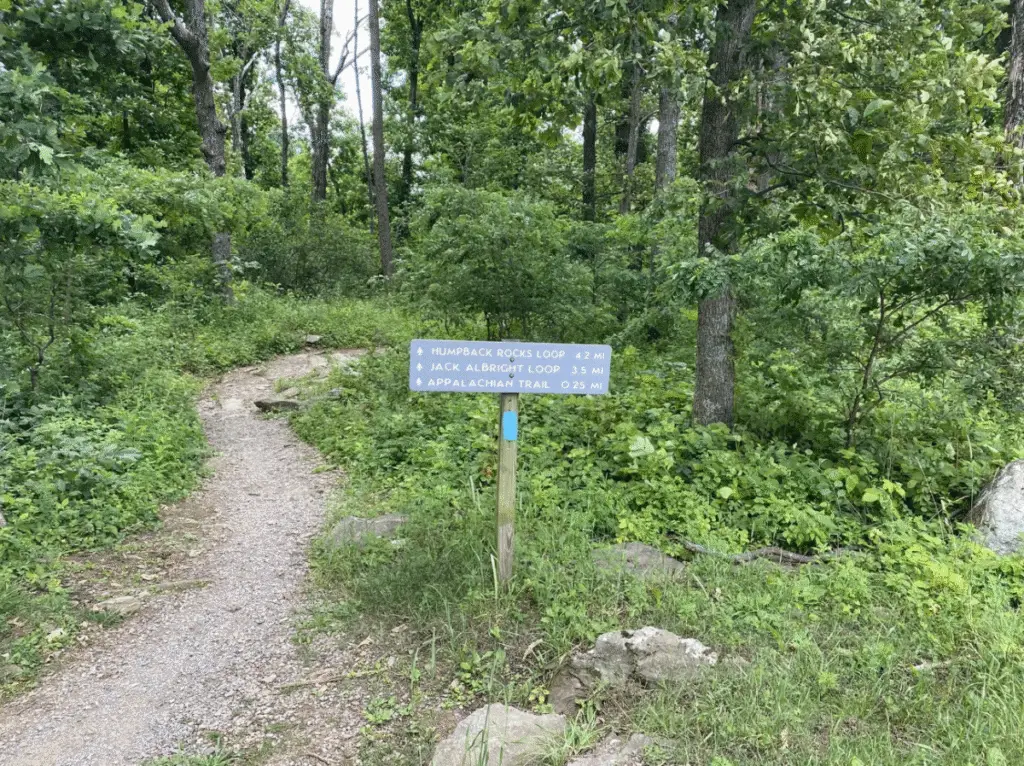A good hike can shake loose your soul in all the right ways, but only if you show up prepared. Whether you’re brand new to the trail or you’ve been wandering the woods longer than your knees would like to admit, a clear itinerary isn’t just helpful, it’s essential. Here’s what I include in mine every time I head out:
The Basics:
- Trail Name + Where It Actually Is: Be specific—“that one near the ridge” won’t help if someone needs to find you.
- Date + Start Time: Self-explanatory, but you’d be amazed how easy it is to forget to write this down.
- Distance + Elevation Gain: Know what your legs are signing up for.
- Estimated Time: Factor in snack breaks, views worth pausing for, and slower sections.
- Turnaround Time: Know when you need to turn back—even if you really want to see what’s around the next bend.

The Logistics:
- Transportation Plan: How you’re getting there, where you’ll park, and how you’re getting back.
- Gear Checklist: The Ten Essentials are non-negotiable. I don’t hike without them, and neither should you.
- Clothing Layers: Dress like the weather might lie to you, because it will.
- Food + Water: Bring more than you think you need. Being hangry in the woods is not the vibe.
The Safety Net:
- Emergency Contacts: Include rangers or local non-emergency numbers, just in case.
- Leave No Trace: This isn’t just a rule, it’s respect. Pack it in, pack it out.

Bonus (but worth it):
- Map or GPX File: You do not want to rely solely on cell service.
- Weather Forecast: Check it the night before and morning of. Then check again.
- Cool Stops Along the Way: Waterfalls, overlooks, shady spots for lunch. Note them.
A Few Final Reminders:
- Be Flexible: Sometimes the trail has other plans. Roll with it.
- Tell Someone: Especially if you’re going solo. It’s not paranoia, it’s common sense.
Having an itinerary might not be the sexiest part of hiking, but it’s the part that lets you relax once your boots hit dirt. Map it out, prep well, and let the trail do its magic.




Leave a Reply